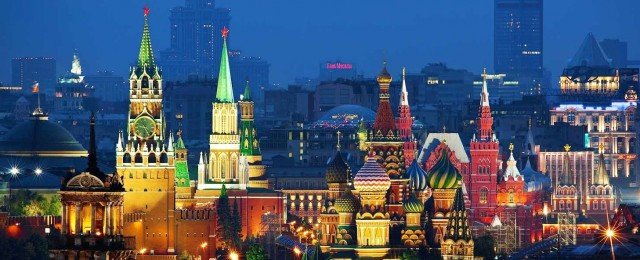
[ Editors Note: This is our first article from Vladimir Odintsov, a seasoned political commentator writing for NEO in Moscow, a strategic affiliation we have made to tap into their huge stable of Oriental scholars. We wanted to give our readers some insight into how the Russians view current geo-political events though the prism of being closer than we are.
Americans did not hear much about the Kerry-Hagel visit to Japan, and that was maybe by design. We see more and more signs that our government feels that the less we know about what is going on the easier it is to manage our perceptions. It generally works.
One example of this is a little secret about ‘demilitarized’ Japan. It actually has nuclear weapons, but they keep them unassembled. Of course America and most other countries pretend they don’t know. The funny part is that Iran has none, yet has been vilified as a dangerous threat for years. Someone has obviously been having fun at our expense. Most of you know why.
But also unknown by the West is much about Japan’s space program. They have a rocket (H-2B) that can take up 11+ ton payloads, like a whole bunch of nuclear weapons for example. Who has ever stopped to think that any country who can put up satellites has a delivery option for a nukes? Surprised? You should be.
But that would be illegal of course, so you don’t have to worry about the Israelis sneaking one in. They would never break the rules, right? They are already building ICBMS which will be able to strike the US, Russia and China with MIRV’d warheads. Surprised again? They have been working on this with India. I wonder who is paying…the American taxpayer maybe? …Jim W. Dean ]
________________________________
… by Vladimir Odintsov, and New Eastern Outlook, Moscow
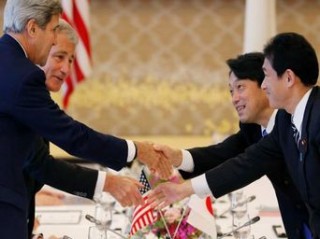
Despite the break out of a U.S. budget crisis and Obama’s cancelled trip to the Asia-Pacific Economic Cooperation (APEC) Summit “to save public funds”, the White House has neither revised nor curtailed its military obsessions. Only the emphasis has changed.
Under the influence of international opinion, rather than involuntarily halting the military machine with respect to Syria, Washington has instead decided to thoroughly apply itself in the direction of its “Asian pivot” and intimidate China, North Korea and, while they’re at it, Russia as well, within the Pacific Ocean.
With this in mind, it was important for Washington and its allies in Asia to prepare for the Tokyo “2+2” style meeting at the beginning of October of this year, which would be held between U.S. State Secretary John Kerry and Defense Secretary Chuck Hagel and the Japanese Foreign Minister Fumio Kishida and Defense Minister Itsunori Onodera.
This meeting was nervously anticipated both in Japan and its neighbouring countries. There were fears that, due to the White House abandoning its plans for a military attack on Syria and the necessity of reducing the national budget, as a host of U.S. politicians claim, that this meeting would not only be cancelled.
There were also concerns of adjustments to Obama’s earlier claims of “our pivot to Asia, to expand and develop our cooperation with countries in this region”, that is, reducing American presence.
The Obama administration’s “Asia pivot” began in the middle of 2009. However, the trade and economic goals of this “pivot” quickly took a backseat and instead we now see the rise of military plans and the incitement of nationalism in Asia.
This process is best reflected within the politics of Japan, where new Prime Minister Shinzo Abe took office in December of last year, promising in his election campaign to build a “strong Japan with brand new armed forces”.
Once in power, the new government substantially increased military spending, adopted a tougher stance towards disputed territories and took concrete steps to liberate the national armed forces from their constitutional restrictions.
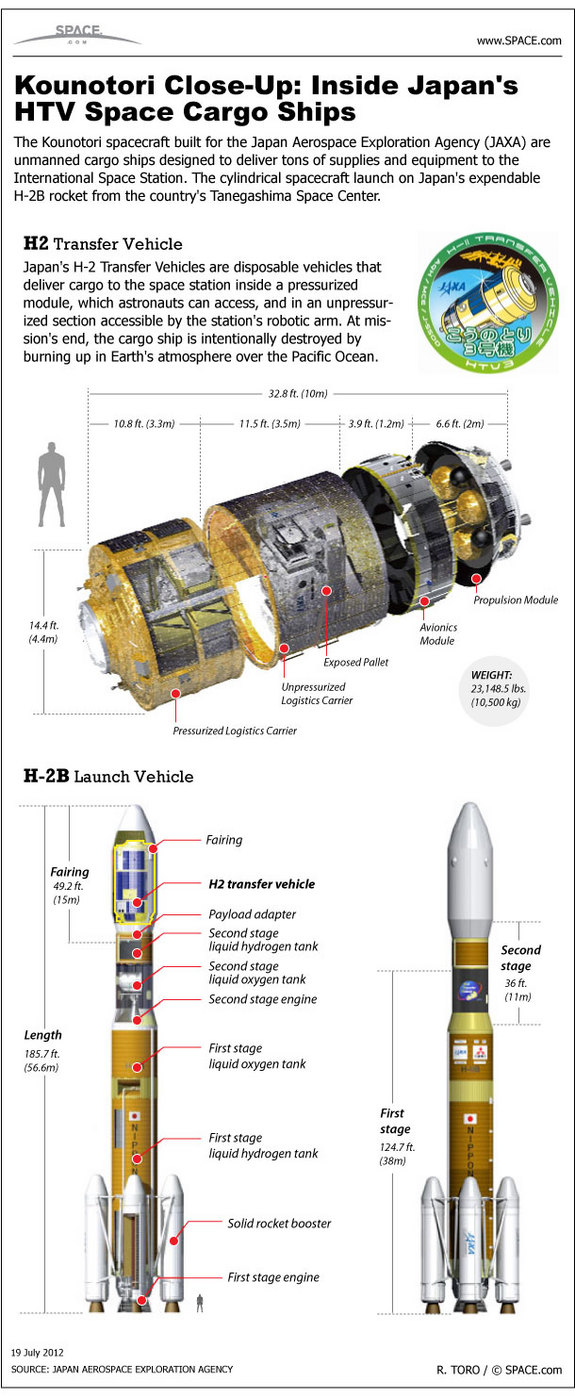
In particular, work is underway on reviewing Article 9 of the Constitution, which outlaws war as a means of settling international disputes, and amending the phrasing of the stipulation prohibiting the right to collective self-defence, which is to conduct military operations “to protect an ally who has suffered from aggression”.
Collectively, all of this points to a rapid expansion of military activities in Japan as well as its involvement in conflicts that are not directly related to protecting the Japanese archipelago.
According to the preliminary feedback on the “2+2” style meeting which did happen, after all, on October 2-3 in Tokyo, the discussions involved reviewing a number of aspects of American-Japanese relations within the sphere of security.
The U.S. “welcomed” a number of Japan’s decisions, including Japan’s intentions to “actively get involved in security issues standing before the international community”, the decision to create a National Security Council, increase the defence budget and review the legal justifications of “collective self-defence”.
The meeting became quite an important step towards strengthening both American military presence in the region and the American-Japanese strategic alliance, as well as towards further development of the military cooperation between these two nations.
The meeting also saw active discussions on various current events in Asia, including North Korea’s nuclear programme and the territorial disputes in the East China Sea and the East Sea.
However, the most important part of the meeting dealt with increasing joint US-Japan efforts to counter Chinese influence, particularly within the military sphere.
This is confirmed in the post-conference statement where both countries pledge to a number of points, including U.S. intentions to deploy high-tech weapons to Japan, Washington’s agreement to the further militarization of Japan and joint efforts in military opposition against China.
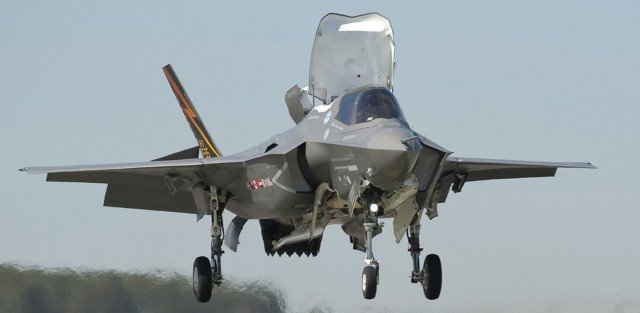
In particular, the countries have agreed that Japan will soon receive a large shipment of MV-22 Osprey tiltrotor aircrafts as well as the short take-off and vertical landing variant F-35B fighters, to aid paratroopers.
There are also plans to base the Boeing P-8 Poseidon within Japan in December of this year, which is a patrol aircraft designed for anti-submarine warfare, while the American unmanned Global Hawk reconnaissance drones will come next year.
It’s no secret that the goal of this clearly provocative step on the part of Washington and the main future target of these air force additions, to be used primarily by the Japanese airborne divisions, will be China and the U.S. “older brotherly” aid in the event of growing tensions within territorial disputes over islands in the East China Sea and the East Sea.
To accomplish the same objectives, a second early-warning X-band U.S. missile-defense radar system will be installed near Kyoto as part of the joint missile defence system. Although the official statement claims that the radar will be installed to “monitor North Korea’s nuclear preparations”, it is clear for everyone involved that these weapons are also a part of Pentagon’s military programmes directed against China and Russia.
_______________________________
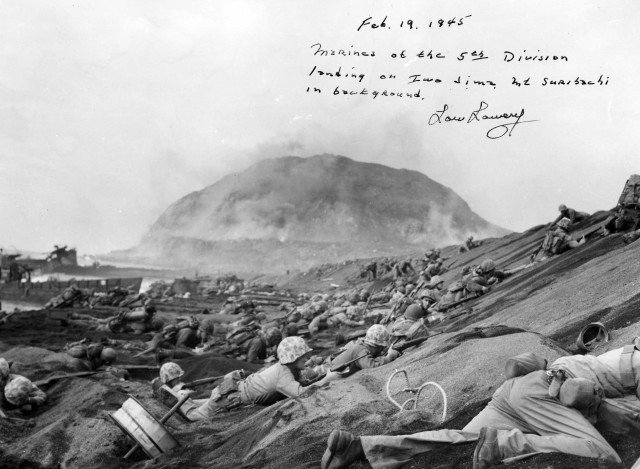
Along the same lines, there are also plans to jointly modernize a Radio Intelligence Center and equip it with cutting-edge electronic equipment. It is located on the Iwo Jima Island, which lies 700 miles to the south-east of Japan, and collects intelligence from the entire Pacific Ocean, with a particular emphasis on obtaining information about China’s military potential.
It’s easy to see from the abovementioned examples of the American “pivot to Asia” and the strengthening of its military presence that there’s probably no point in waiting for any de-escalation of the maritime disputes between Japan and China, as well as other regional tensions in general.
The White House clearly sees the Shinzo Abe government as a central partner within the region, specifically with respect to strengthening the opposition to Beijing. This can also be seen in the fact that the meeting was held in Tokyo and not in Washington, as it usually would have been.
It is also quite emblematic that Washington has once again, in a time of an economic crisis, turned to developing military cooperation and inflating war hysteria in yet another region of the world as a means of pulling itself out of a difficult financial situation.
The same chain of events transpired during the outbreak of the previous global economic crisis, when Washington’s exit strategy included more military operations against Iraq, Afghanistan, Libya and Syria.
Meanwhile, the “strategists” at the White House, as is the case with Japan, actively incited and supported nationalistic feelings as well as various complaints within the conflict regions, amid the population’s growing social discontent and budget issues.
In this respect, one can understand the feelings of Americans, who, amidst U.S. budget woes and increasing unemployment, are forced to search for a means of livelihood at the same time as they are supposed to “be happy of the successes of national politics within Asia”.
Well, to each their own, the poor have their problems while the Washington hawks have their new military contracts.
Vladimir Odintsov, political commentator, exclusively for the online magazine “New Eastern Outlook”.
Editing: Jim W. Dean
_____________________________

Jim W. Dean was an active editor on VT from 2010-2022. He was involved in operations, development, and writing, plus an active schedule of TV and radio interviews.
ATTENTION READERS
We See The World From All Sides and Want YOU To Be Fully InformedIn fact, intentional disinformation is a disgraceful scourge in media today. So to assuage any possible errant incorrect information posted herein, we strongly encourage you to seek corroboration from other non-VT sources before forming an educated opinion.
About VT - Policies & Disclosures - Comment Policy



